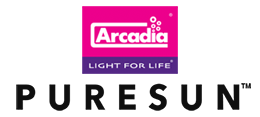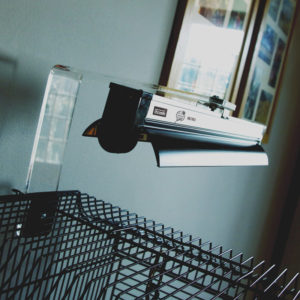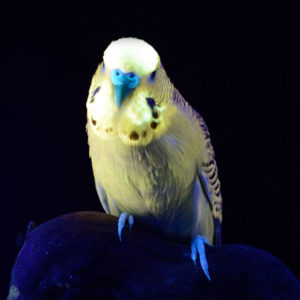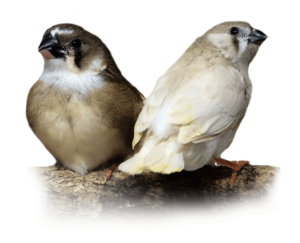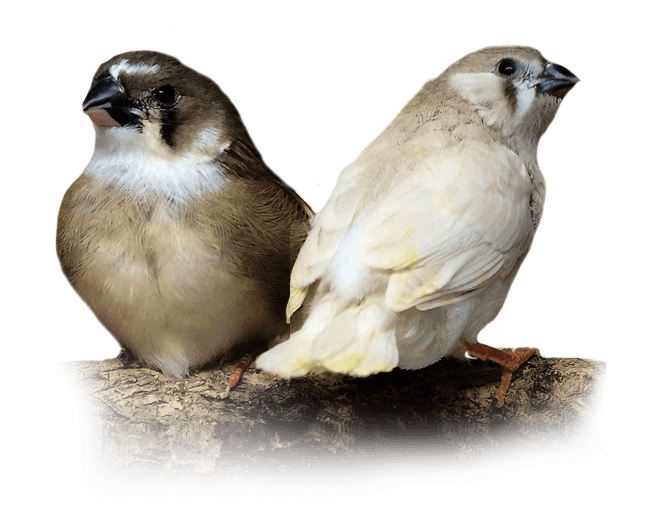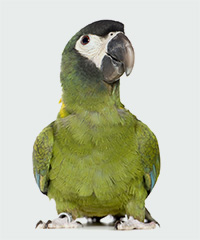
UVA-lighting
John Courtney-Smith, a parrot and reptile enthusiast, has developed a great interest in specialist UV-lighting and the science behind the systems, working and advising at Arcadia, the lighting professionals.
Here he offers us the benefit of his knowledge in this the first part of a three-part series.
I am a passionate bird keeper, birds fascinate and captivate me!
I grew up with caged birds and they still play a very big part in my day-to-day life. I have a particular love for parrots and African finches. My first pet bird outside of the business environment was Charlie, a cock Yellow-collared macaw.
I am also a similarly passionate reptile keeper. I understand reptiles and the intricacies of how reptiles use natural sunlight in the wild. Specialist lighting for reptiles isn’t just lighting, but could be more accurately referred to as a ‘life-support system.’ It was only when I was able to see the definite links in biology between birds and reptiles that a lot of pieces in this rather confusing jigsaw started to fall into place.
Birds and reptiles are very similar in regard to their natural sunlight requirements. Both animal groups use sunlight to produce vitamins and hormones in their bodies and both use unfiltered sunlight to view the world. Denying a captive bird access to unfiltered sunlight, or a synthetic source of UVA and UVB, we effectively deny the bird the right to see as nature intended, and to produce the vitamins and hormones that they require. This is a strong statement which I will now try to explain.
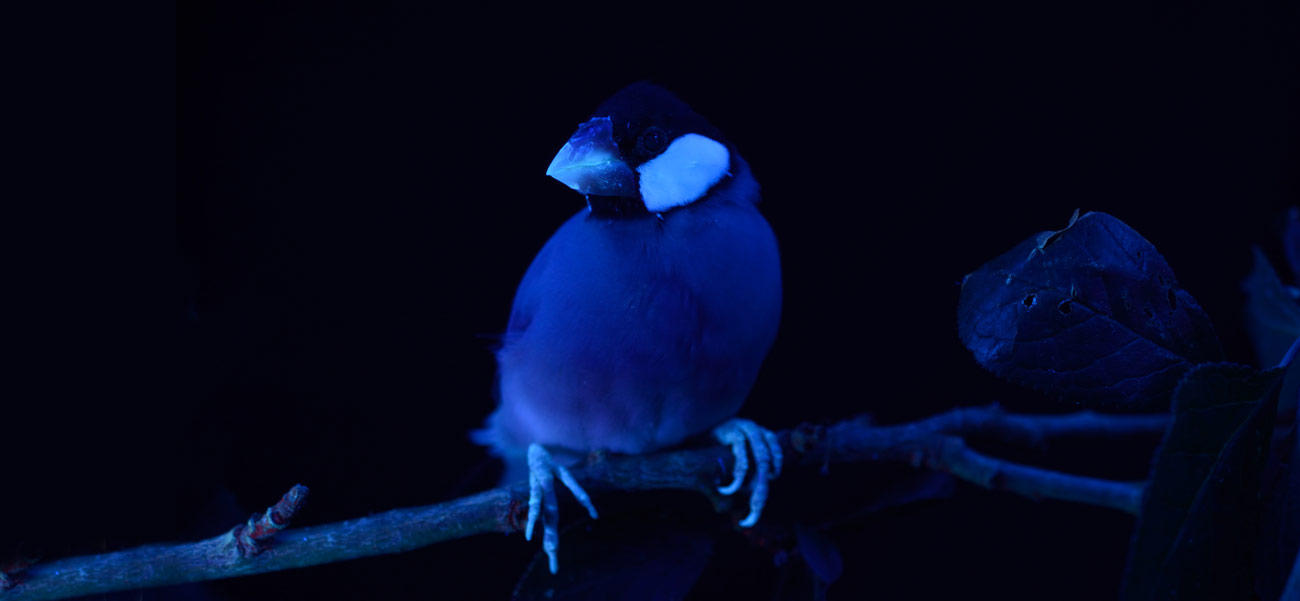
A whole new world
Tetrachromacy is the term used to describe the addition of the all-important fourth cone cell in the eye of birds, reptiles and some fish. The inclusion of these four cone-shaped cells, and the oil droplets they contain, effectively opens up a whole new world to these creatures. Humans using three rod cells (trichromacy) can only reportedly view the world in around one million colours. Tetrachromats with this fourth cone cell are able to see around 100 million colours, and allows birds to see wavelengths of light that humans cannot see, far into the red and blue spectrums and the ultra violet wavelength.
Most of us have seen the fantastic BBC series The Life of Birds. Why did the bib of the budgerigar glow when exposed to a black light? Black light emits a lot of UVA, which allows a human to see UV reactive patches shining like badges on birds, which cannot be seen normally. Hidden marks on banknotes also become visible, to show they are real. Birds can see these colours and markings all the time if their tetrachromatic ability is ‘activated’ by being outside in natural sunlight or having artificial exposure to UVA.
These fluorescent patches highlight the differences in the sexes (especially in monomorphic species), health, condition and breeding readiness. It has also been shown that UVA effects how birds view potential food sources too. Tetrachromacy in the wild helps birds find food. It seems that riper fruits are easier to spot in dense foliage with the benefit of tetrachromacy – with the bright waxy surface showing up like a neon sign, saying, “Here is food.”
Yellow flowers show as bright red
I have also read studies showing that poisonous insects and plants seem to display warnings using these flouro patches, indicating they are not good to eat. Yellow flowers reportedly show as bright red. Humming birds use this gift of sight to spot the right flowers with good amounts of nectar. Raptors use tetrachromacy to see the urine trails left by rodents as they travel through their runs. Coupled with great eyesight this ability to see these urine markers can lead the raptor to a potential food source even in dense foliage.
The more you study tetrachromacy the more interesting and addictive it becomes! So what is UVA? UVA is described as the wavelengths of light ranging between 320-400nms. It is the blue end of the spectrum that goes into ultraviolet. This wavelength is not short enough to start the D3 cycle on its own, but has many other reported positive effects for birds and reptiles.
A balanced natural provision of the correct UVA wavelengths will not only allow a bird to view the world in a more natural way but has been linked to a better feeding response, a more constructive social behavioural pattern and is now also starting to be linked to the production of certain hormones and chemical responses in the brain. A fully illuminated photoperiod including UVA has also been shown to aid in beneficial preening and daily cleaning. We all know that UVB causes the production of vitamin D3 which is also commonly called the sunshine vitamin. Surely it is as important to allow our pet birds to see properly as it is for them to benefit from the intricate changes in the body attributed to exposure to UVA in the correct levels?
Results show almost immediately
Bird lighting is one of those products that if fitted properly shows results almost immediately. As soon as the lamp is switched on you will generally see the birds become more animated. In the case of song birds the cocks usually break-out into spontaneous song. As a test I have never yet encountered a cock canary that is out of song, not to start singing again within a few hours of the provision of an avian UV lamp provided in the correct way.
Cock whydahs bounce up and down and display within seconds, parrots will be drawn to a lamp and actively bask under it. They will typically open their wings and ruffle the breast feathers to allow exposure of the rays to their skin. Bare-faced birds will sometimes blush. It really is amazing!
Most household lamps emit a very small amount of UVA. Unfortunately, the percentage of UVA that these lamps emit is not enough to cause a reaction in a bird. If the total output of light, including invisible light, is called 100 per cent, we at Arcadia recommend that 12 per cent of the total should be UVA. All lamps have inherent limitations, and UVA and UVB does not travel very far from its source.
So, it is no use simply fitting a bird lamp in the ceiling of a birdroom. The birds need to be able to position themselves quite closely to the lamp to be able to utilise the emissions properly. Safety is the key and as we all know parrots have large powerful beaks. All lighting equipment should be fitted safely and out of the way of the bird’s reach.
It is vital that we do not confuse full spectrum lamps that have a pleasing natural daylight colour with UV-emitting full spectrum lamps – they are totally different! UVA and UVB cannot pass through glass or plastics these materials block these wavelengths, even aviary mesh will slightly reduce the bird’s ability to obtain and absorb these wavelengths.
We have all placed our birds by a window or in a conservatory, but other than providing the birds with a nice warm, bright environment in which to live, it will have little positive effect on the bird as far as UVA rays are concerned. Of course small amounts of energy will be transmitted to the bird if a window beside the cage is safely left open and the bird can benefit from direct exposure to unfiltered sunlight.
Birds still need natural light
We can never truly harness the power of the sun or even replicate it. But, good UV-emitting bird lighting, fitted correctly, does help captive birds immensely. Where possible, and if it becomes warm enough, our birds should still be given access to unfiltered natural sunlight. It is a great idea to place the cage in the garden when you are out there in the summer, but beware of predators especially sparrow hawks.
Even a few hours once or twice a week will have a very positive effect on the bird. For the rest of the year, bird lighting can be a real asset. You can use bird lighting to start or delay a breeding season by simply lengthening or shortening the hours of illumination during the day. You can use good quality bird lighting to provide natural colour vision for the birds and aid in the production of vitamins and hormones in the bird’s body.
You can also use bird lighting as an aid in the fight against feather plucking and bad behaviour. This is a very sensitive topic which I will cover next month, as we start to look at UVB and its effects on captive and wild birds.
